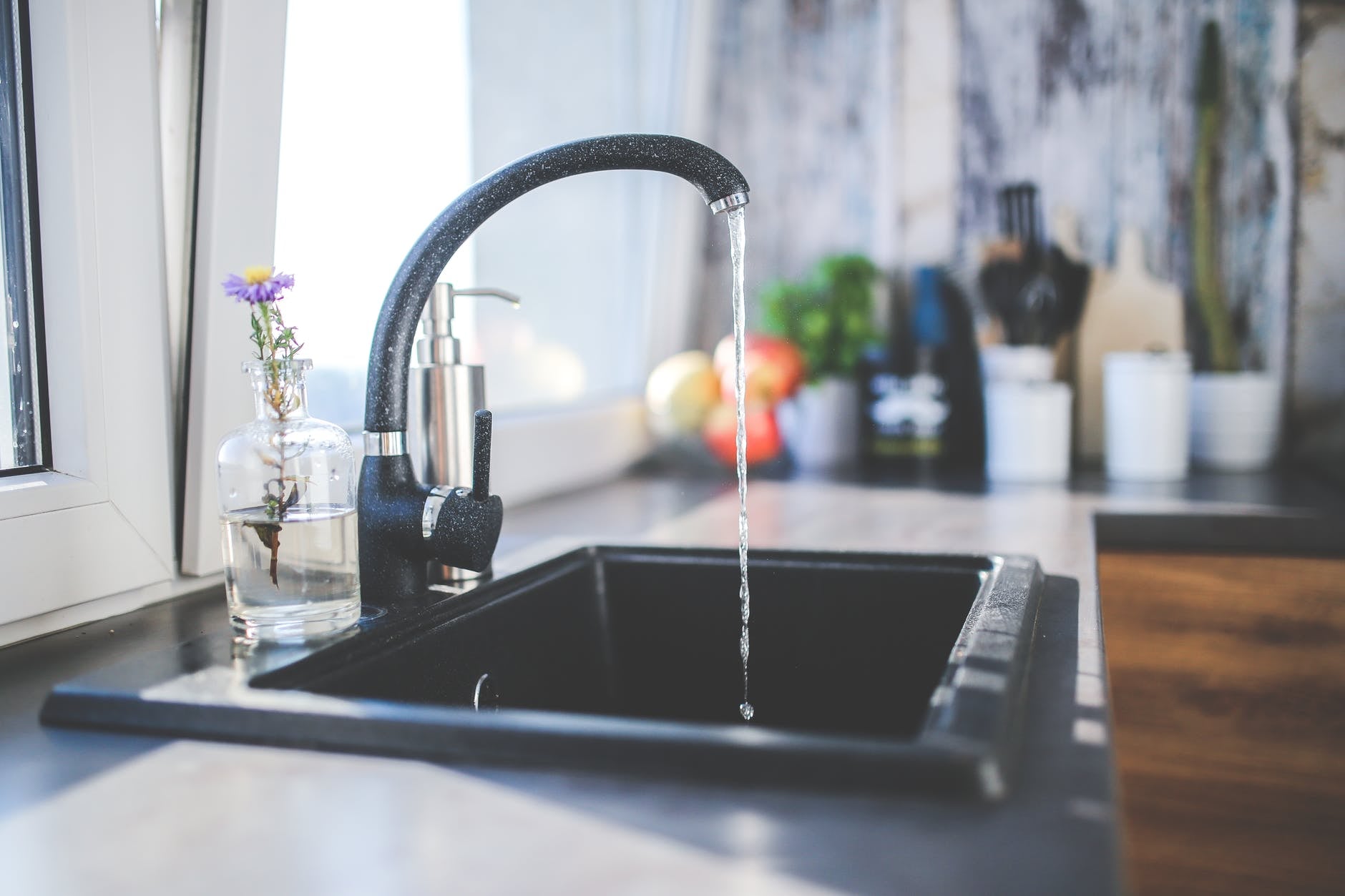Mistakes You're Making When Cleaning the Kitchen
The 11 Worst Mistakes You're Making When Cleaning the Kitchen

When you're cleaning your kitchen, you need to make sure you're clearing away those germs to keep it nice and tidy, because the kitchen is where you prep and cook food! Improper cleaning can lead to bacteria and other aspects of contamination that can negatively affect your health. Besides, no one wants to live in a mess, right? To keep your body safe, and to have a nice, clean kitchen to come home to, avoid these common cleaning mistakes when you're organising the kitchen and scrubbing those counters.
1. Not Cleaning the Dishwasher
Dishwashers are heavily used and often neglected. "To clean, remove any baskets and racks. Wipe debris from the bottom of the machine. Spray the interior of the dishwasher with a 50/50 water and vinegar solution. Wipe down door, sides, and bottom using a clean cloth or sponge. Replace racks and baskets," Meg Roberts, president of Molly Maid, told POPSUGAR. For a thorough rinse, run the empty machine on its highest temperature setting without detergent, she said.
2. Using Just Soap and Water For the Disposal
If you have a garbage disposal unit, it can cause gross mould and buildup. "Clean the garbage disposal by running about 12 ice cubes through it. Remember to turn on the cold water while doing this. Next, run a cut up lemon through the disposal. To clean the underside of the rubber lip, wash with the scrubbing side of a vinegar-soaked scrubby sponge," Roberts said. Lots of germs are down there, so be sure to wear gloves.
3. Not Cleaning the Fridge
Most people don't realise that there's dust and dirt in a fridge, which is not only unsanitary, but it can cost them money. "Use a vacuum cleaner attachment and long-handled brush to clean the dust and dirt from condenser coils on the bottom grille/kick plate. Doing this regularly can increase the fridge's efficiency by three to five percent, and save about £70 a year in electricity costs," said Roberts.
4. Using Cleaning Items on the Hob
You don't need the fancy stuff. "Using items you already have at home are the easiest ways to remove burned food and remove stains. Sprinkle bicarbonate of soda directly onto the hob and add a little water to the bicarbonate of soda to make a paste to completely cover the stain. Leave a warm, damp rag on top of the spot and let it sit for 30 minutes. Try to wipe the spot clean," she said.
5. Washing Sponges in the Dishwasher
"My appliance repairman told me that the majority of the leaking dishwasher issues he has been hired to fix are simply a result of too many suds releasing in each cycle. Over sudsing can be caused by using too much detergent, the wrong kind of detergent, or by regularly cleaning kitchen sponges in a dishwasher cycle," Kait Schulhof, blogger at A Clean Bee, told POPSUGAR. "Doing so will inevitably release lingering soap suds from the sponge and that can push water out of the dishwasher causing leaks or even flooding," she said. Instead, microwave wet kitchen sponges on high for two minutes every couple of days to keep bacteria at bay.
6. Letting Burns Appear on Pots and Pans
Allowing burns to build up on stainless steel pots and pans is a big no-no. "After each use, clean stainless steel with bicarbonate of soda and a slightly damp sponge to remove any leftover burn marks. I keep an all-purpose shaker full of bicarbonate of soda next to my sink for this and other cleaning projects," said Schulhof. "If bicarbonate of soda alone isn't powerful enough, then try boiling 80 percent water and 20 percent vinegar to soften the burnt areas in the pot or pan, then again use the bicarbonate of soda and damp sponge to scrub again."
7. Not Cleaning the Kitchen Sink
Food goes into it, even in strainers, so keep it clean. "Your kitchen sink works hard for you, treat it to a good scrub at the end of each day — sprinkle your damp sink with bicarbonate of soda, then use a hydrogen peroxide soaked sponge to scrub away any lingering scum," said Schulhof.
8. Using the Wrong Cleaners on Worktops
Using acidic cleaners on granite or stone worktops is a big mistake, said Schulhof. "The use of acidic cleaners can cause etching in the stone or damage the seal of your worktops, making them more susceptible to absorbing kitchen liquids like wine or oil," she said. Instead, use dedicated stone cleaners or make your own inexpensive granite/stone worktop cleaner.
9. Removing Cleaner Too Fast
You need to give enough time for cleaner to activate before wiping down your stove, fridge, or other kitchen surfaces. "Make your cleaners work harder for you! Allowing a minute or two to pass after you spray a cleaner on a surface before wiping up a mess will make it easier for your cleaning cloth to actually pick up the mess, instead of just push it around on the surface," said Schulhof.
10. Using Tea Towels to Wipe Up a Mess
"One mistake I see often is people using their tea towels to wipe up a spill from the ground, then using that same tea towel to wipe worktops, hands, kitchen utensils, etc. You might have spilled a glass of water on the floor, but wiping it up with the same towel you use for everything else can pick up a ton of germs along with it which is now cross contaminating everything else it's touching," Julie Harrington, RD, culinary nutrition consultant , told POPSUGAR.
11. Not Cleaning Strainers
As it gets filled with different foods, you need to wash it after each use. "Run the strainer under hot water with the snout of the tap on the mesh forcing the water through. This will soften any food stuck in the mesh," Julie Finch-Scally, consultant in hygiene management and cleaning, revealed to POPSUGAR. "If hard bits of food such as rice remains, rub over the area with the scourer side of a scourer/sponge to loosen the item stuck in between the mesh. Rinse off with water from the tap," she said. Once free of food, wash the strainer as normal.



